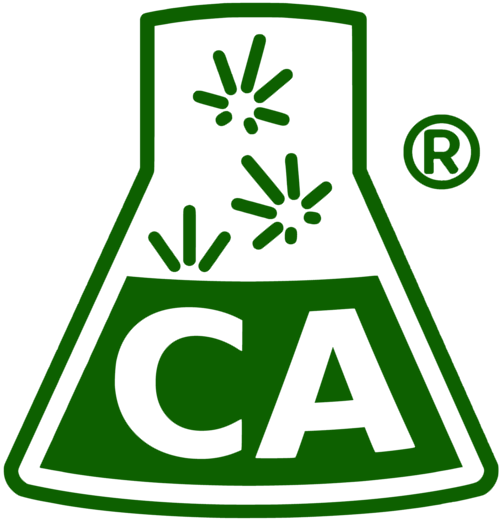What are the reasons for failing moisture analysis?
A flower fails moisture analysis if the sample has a water content of greater than 15% OR a Water Activity (aw) measurement of greater than 0.65. Solid or semi-solid edible products fail with an aw measurement of greater than 0.85.
Water Activity is a measurement of the free moisture available to microbes in the product. Water activity doesn’t measure how much water is in the product, but rather how much of it is not already bound with other molecules and structures and available for microbial growth. It is an indicator of the likelihood of mold forming on the product while on the shelf in a store, or in storage. An aw value of less than 0.65 generally means that there is not enough water available for microbes to grow, including molds. An aw value of less than 0.85 generally means that there is not enough water available for bacteria to grow, but some molds may still be able to grow.
Flower lots that fail for moisture are always granted retests after drying. We highly advise that you check your marijuana flowers regularly for moisture content. The amount of water present in the flower influences the microbial activity, the risk for spoilage, and the shelf-life of the flower. Moisture content also plays a vital role in the general quality of the final product, its shelf appeal, smell characteristics, and grindability/burnability. The terpene profile is more accentuated in a properly cured flower, and the drying rate influences terpene retention in the plant tissue.
The age-old technique of squeezing the bud and bending the stem to gauge moisture content is effective. Buds above 15% moisture are spongy and their stems do not easily snap when bent. While flowers cannot fail for too little moisture, an overly dry flower lacks aromatic appeal, burns too quickly and unevenly, and generally has an inferior effect. Overly dry flowers will crumble when they are squeezed and easily lose trichomes when shaken or knocked.
It definitely does not pay to send overly moist material to the lab. Despite pressures to get flower to market as quickly as possible, your QA sample should represent the fully cured product you are bringing to market.
If you are unsure about the moisture content of your flowers, an inexpensive moisture meter can be helpful for taking estimations during cure. While not terribly accurate, moisture meters available at construction or home improvement stores will suffice for this purpose. Make sure to test a variety of bud sizes and structures to get a good idea of average moisture across your lot. To get a good reading, insert the meter probes into the innermost portions of the buds. Caution is advised if the moisture reading is greater than 12%. Many producers/processors aim for the 3-6% moisture range.
The approval and retest process for a moisture failure is certainly more disruptive than simply allowing your product time to cure before sending it out for QA.
